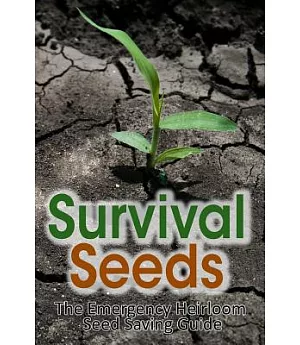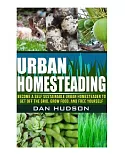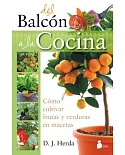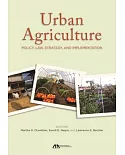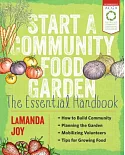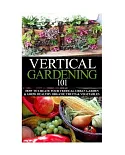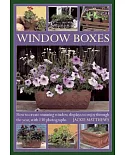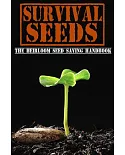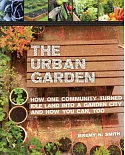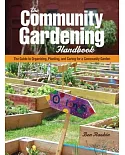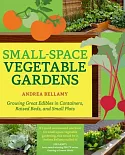Learn everything you need to know in order to collect and save survival seeds.
Most people have less than a week’s supply of food in their home. A select few are more prepared and have a six month to one year supply of food, but even they aren’t prepared to survive
long-term without food. If you only have food on hand, but no way of growing food, you’re woefully unprepared to survive a long-term food shortage.
Learning to grow and save heirloom seeds could be the difference between having food and starving to death in a long-term survival situation.
There are a number of looming threats to the global food supply and food could be in short demand in the near future. Would you be prepared if you woke up tomorrow and store shelves were empty?
How long would you be able to live without easy access to food? A week? A month? Years? Survival seeds allow you to survive indefinitely by giving you the ability to grow and collect seeds from
your own produce.
Survival Seeds: The Emergency Heirloom Seed Saving Guide covers the following topics:
- What survival seeds are and why you need to start saving seeds now.
- Real threats to the global food supply and how they will impact our lives if a solution isn’t found soon.
- Why saving heirloom seeds is important to preserving our heritage and our food supply’s genetic diversity.
- Emergency seed vaults: You’ve probably seen them for sale online. Are they a good deal or a waste of time?
- Open-pollinated and Heirloom seeds vs. seeds from hybrid plants: Why you should never use hybrid seeds for seed saving.
- Organic seeds and why they’re important.
- Practice makes perfect: Why learning the ropes ahead of time is absolutely critical to survival.
- How to test the drought-tolerance of the plants in your survival garden in advance.
- Seed viability and germination (includes a quick and easy method of testing the germination rate of your seeds).
- Why you need to save a variety of seeds, including seeds that aren’t native to your area.
- What cover crops are and why they’re important.
- Choosing a location for your survival garden.
- How much produce will you need for your family?
- Using succession planting to increase the yield of your land.
- Natural fertilizers and soil amendments.
- Growing fruit trees from seeds.
The following fruit and vegetable plants are covered in -depth:
- Beans.
- Basil.
- Beets.
- Broccoli
- Brussels sprouts.
- Cabbage.
- Cantaloupe.
- Carrots.
- Cauliflower.
- Celery.
- Corn.
- Cucumbers.
- Garlic.
- Kale.
- Lettuce.
- Melons.
- Onions.
- Peas.
- Peppers.
- Potatoes.
- Pumpkins.
- Radishes.
- Spinach.
- Squash.
- Strawberries.
- Sunflowers.
- Tomatoes.
- Watermelon.
Survival seeds are one of the best ways to prepare for the worst. Learn the art of heirloom seed saving and start saving survival seeds today.

